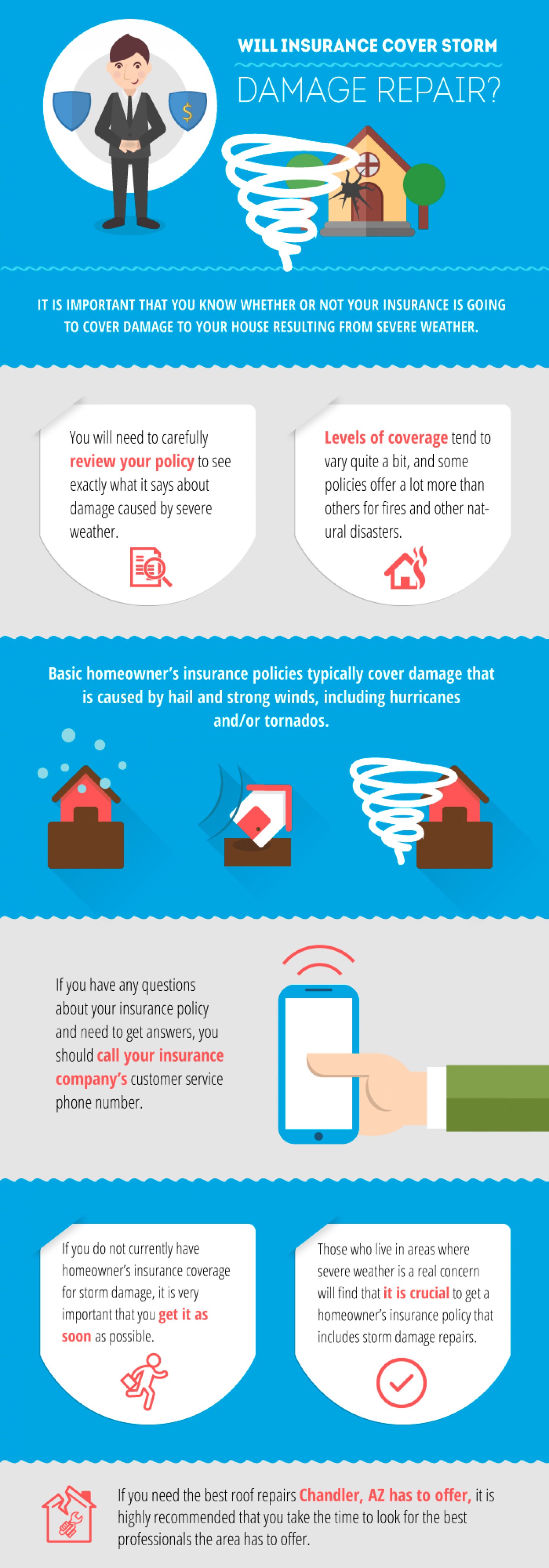Roofing System Installment Charges: Assumptions And Efficient Budgeting Tips
Roofing System Installment Charges: Assumptions And Efficient Budgeting Tips
Blog Article
Writer-Hove Branch
When you're preparing a roof setup, understanding the associated costs is essential for staying clear of shocks. You'll encounter different factors that affect rates, such as material choices and roofing complexity. For example, opting for asphalt roof shingles may conserve you cash upfront, but what about long-term toughness? Budgeting effectively calls for not just an understanding of initial expenditures yet additionally a buffer for unexpected expenses. Curious regarding how to navigate these complexities and make the most effective monetary decision for your home?
Comprehending Roofing Installment Costs
When you consider roofing system installation costs, it's necessary to understand the various factors that can influence the final rate. Initially, take into consideration the type of roofing product you want. Alternatives like asphalt roof shingles, metal roofing, or floor tiles each included their own rate factors.
The complexity of your roofing layout additionally plays a role; a straightforward gable roof is typically less expensive to mount than a multi-layered or complex layout.
Next, think about the dimension of your roof. Bigger roofings need more products and labor, substantially impacting the overall price. Your place can not be forgotten either; labor prices and material availability range areas, which can impact your spending plan.
Furthermore, timing matters. Professional roofer may've seasonal variations in rates, and working with during peak times can result in greater prices.
Last but not least, don't forget potential permits and evaluations, which are occasionally essential depending upon your local guidelines. Recognizing these facets will assist you establish a practical spending plan and prepare for the financial investment in your house.
Variables Influencing Rates
Numerous key aspects affect roofing installation pricing that you need to take into consideration as you plan your job.
Initially, the kind of roofing product plays a considerable role. Asphalt roof shingles are normally a lot more cost effective, while materials like slate or metal can drive expenses up.
Your roofing system's dimension and pitch likewise influence pricing; larger or steeper roofs require even more materials and labor, boosting the general cost.
Labor expenses can differ depending on your location and the contractor's experience. It's essential to obtain numerous quotes to ensure you're getting a reasonable cost.
In addition, if your roofing system has existing issues, like structural damage or mold and mildew, these will need to be attended to prior to installment, contributing to your expenses.
Seasonality issues as well. Roof projects are usually less costly in the off-peak months, while need throughout optimal period can blow up prices.
Finally, vinyl flooring installation san antonio and policies might call for costs, so it's good to check what's required in your location.
Budgeting for Your Roofing System Job
Budgeting for your roof task is important to avoid unanticipated costs and financial strain. Start by analyzing your demands; consider the sort of products you desire, the size of your roofing, and any added functions like skylights or air flow systems. Research study the ordinary costs in your area to get a realistic idea of what to expect.
When you have a basic estimate, include a buffer-- normally around 10-15% for unexpected concerns such as hidden damages or boosted product expenses.
Do not forget to factor in labor expenses, which can vary significantly relying on the intricacy of your roofing system and the contractor you choose.
Next, take into consideration any kind of permits or evaluation charges. It's wise to make up these in advance to avoid surprises later on.
If you're financing the task, look into loan alternatives or payment plans that match your spending plan. Establish a clear timeline and stay with it to avoid costs from intensifying.
Ultimately, track all costs and receipts throughout the process. websites will certainly help you stay organized and make changes as needed.
Conclusion
Finally, recognizing roof installation costs is key to effective budgeting. By thinking about aspects like materials, layout intricacy, and labor rates, you can better approximate your expenses. Do not fail to remember to reserve a 10-15% buffer for unexpected expenses and watch on seasonal rates modifications. With cautious planning, you'll be well-prepared for your roofing job and can ensure your home keeps shielded and fashionable for many years ahead.
